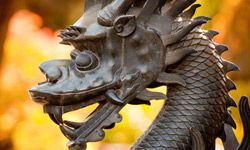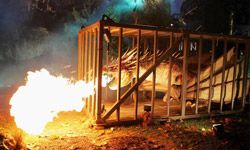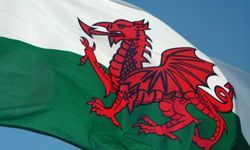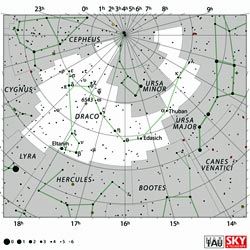Long before there were Web sites touting out-of-focus photographs -- and occasional eyewitness accounts -- of legendary monsters, people in isolated geographic locations around the world were molding, casting and carving dragonlike images.
The dragons depicted in Native American petroglyphs, Egyptian burial shrouds and Asian pottery had many common features, such as scales, wings and elongated reptilian bodies. But these disparate people couldn't share their dragon stories in chat rooms or text dragon pictures to each other. So how did these very different -- and distant -- cultures create representations of the same creature? For many, the answer is clear: Dragons were real, and perhaps still exist today.
Advertisement
Whether dragons are flesh-and-blood beings or the well-crafted work of active imaginations, we owe them their due. Especially these 10 dragons, who make us want to run screaming for the hills -- or buy some dragon kibble and lead them home. It all depends on their personalities.





